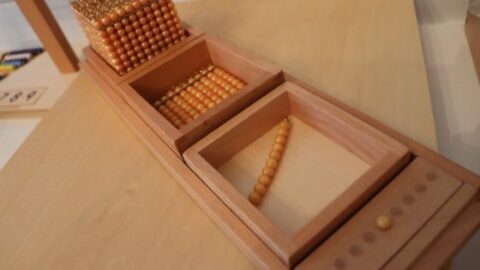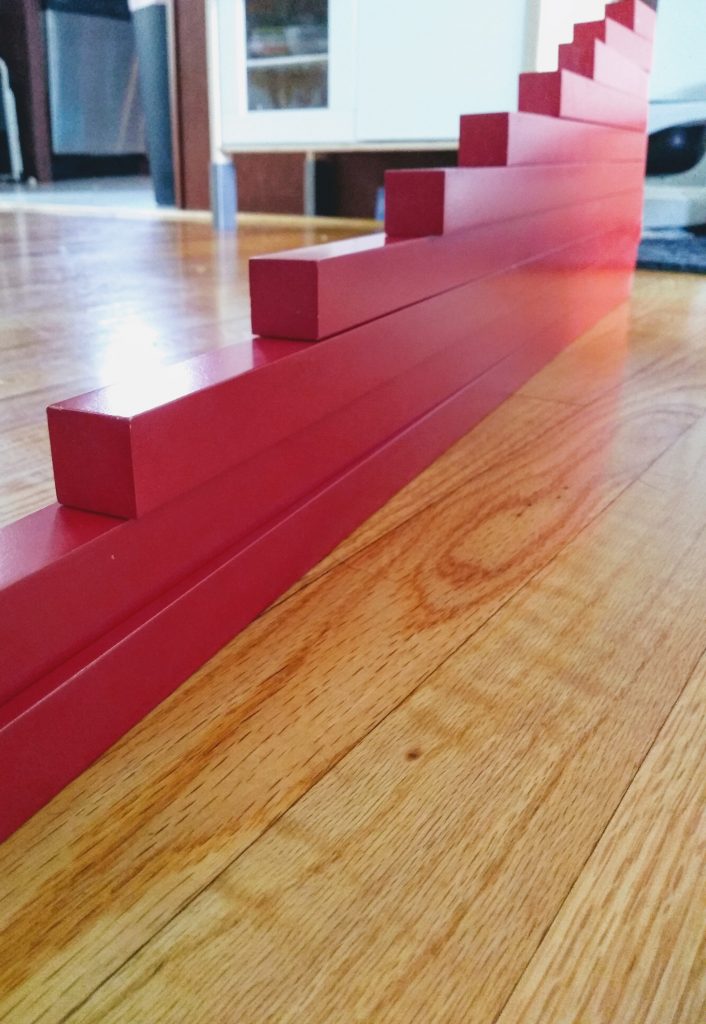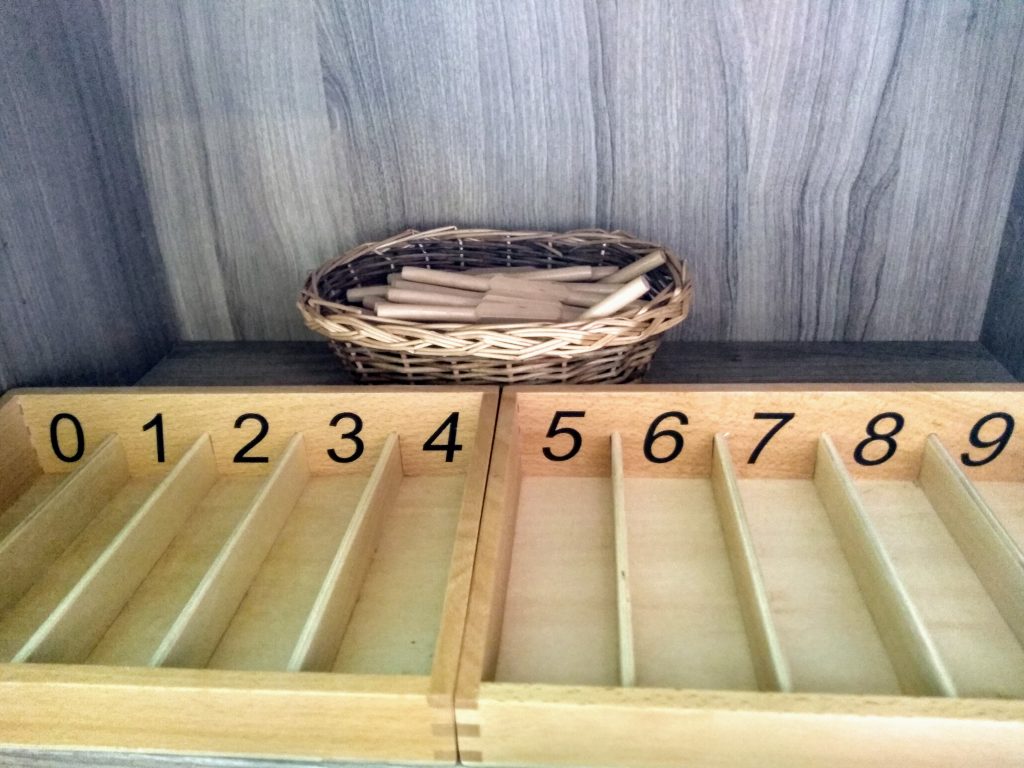Math games are hiding: Inside the magical game of hide and seek.
In addition to being a joyfully engaging physical and social game, there are so many important math concepts that are integral to the game. The math benefits of hide and seek may leave you wondering where else in your child's play math games are hiding.
- Basic sequential counting: 1-10 or 1-20 is reinforced
- Predictable sequence of events: we count to 10, we say “ready or not…”, we go look, then we say “I found you!”. We take turns hiding and counting.
- Sequences are important for general problem solving, algorithms, and logic.
- Learning sequences also reinforces a child’s sense that their world is predictable and therefore navigable, which is good for their emotional development at this formative age. (this isn’t math related)
- Looking at their everyday environment with an eye to size/shape in relation to their own body and where it can fit. This is especially relevant as children enter school and become innovative master hiders.
- For example, to hide behind a chair for the *first* time, the child must:
- Gauge if there is enough space between the chair and the wall to fit into,
- Determine if the chair is big enough to conceal them if they crouch,
- Determine if the contents of this space are easily visible from the doorway where the seekers will enter the room.
- Determine if they have enough time to settle into the spot (see time-management discussion)
- The seeker will learn that there is no benefit to looking in places that have no chance of harboring the hider due to their small size.
- For example, to hide behind a chair for the *first* time, the child must:
- Rhythm during the counting ritual is a skill still developing into the early school years. Its value towards making the game fair to the hider is NOT going to be obvious to a child who is more focused on their own ability to count quickly, so an adult or older child should lead.
- Rhythm and math: Typically, the seeker(s) will chant 1 number per beat (here, represented by a quarter note), then roughly follow the pattern below “rea-dy-or-not, here-I-come”.

- In addition to being the backbone of most music and an important tool for synchronized group activity, rhythm is especially apparent in periodic functions (such as average daily temperature in an area, height of the sun over time, etc). It can also be found lurking in concepts like linear growth over time.
- Looking out from their hiding space teaches what their every environment looks like from an unconventional angle. The hiding spot itself looks differently than when a child normally interacts with it (e.g. they’re not getting a toy from the closet, they’re looking out of the closet through a crack in the door)
- Time management (over the course of their childhood, children will learn what time passing means and it’s relationship to numbers, they’ll learn that counting to higher numbers means they’ll have more time, and as they become inventive hiders, they’ll eventually learn an intuition for what they can and can’t do in the given amount of time.)
- Time is the most common independent variable in middle- HOW IS TIME PASSING RELATED TO MATH? Here’s an article spelling it out.
One final benefit is that after all this practice at hiding and seeking, children may be better at finding their shoes in the morning before school!
What games is your child playing right now that have mathematical concepts hidden within them?
For more by Dr. Theresa Brons, read about Montessori math and Common Core Standards.
Read about Montessori math activities:




Children love to play games. Mathematics may not teach us to add love or subtract hate, but it gives us hope that every problem has a solution.